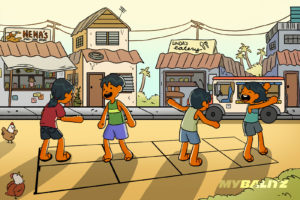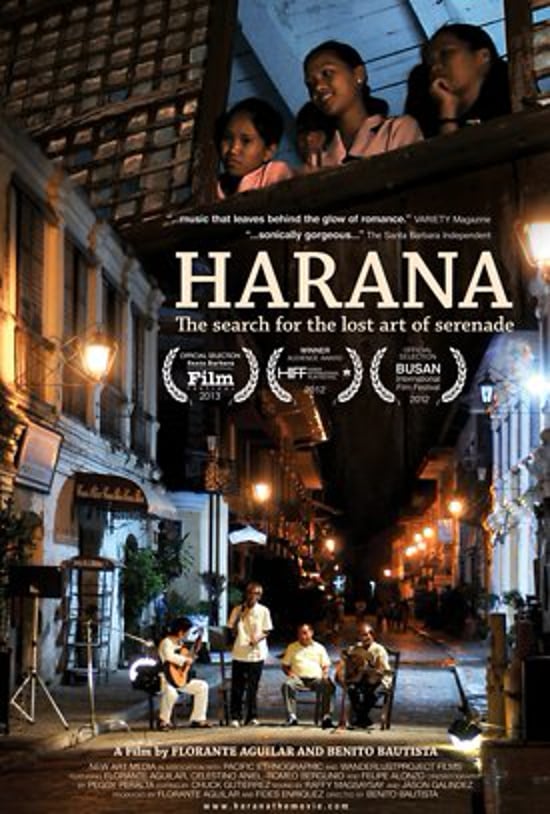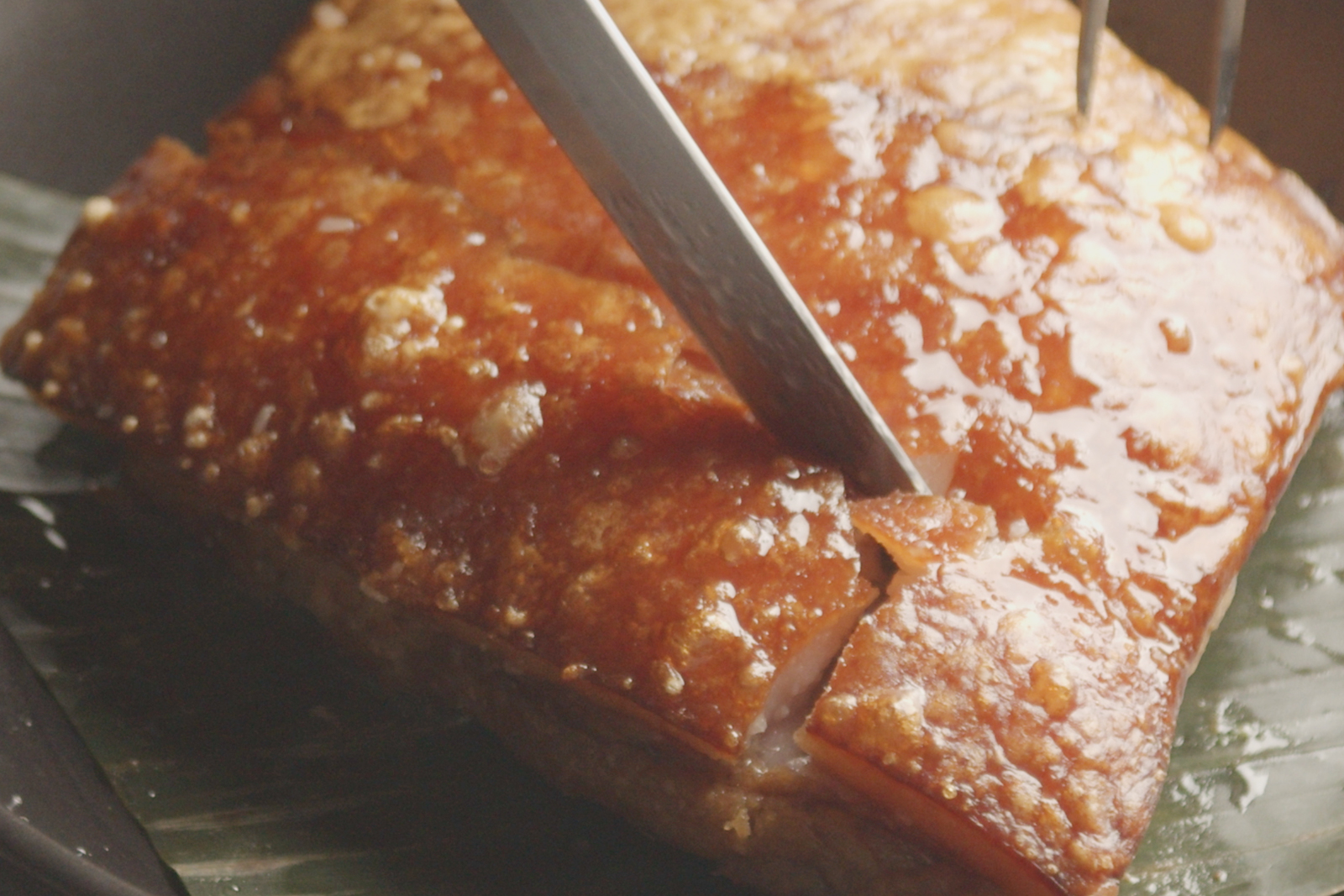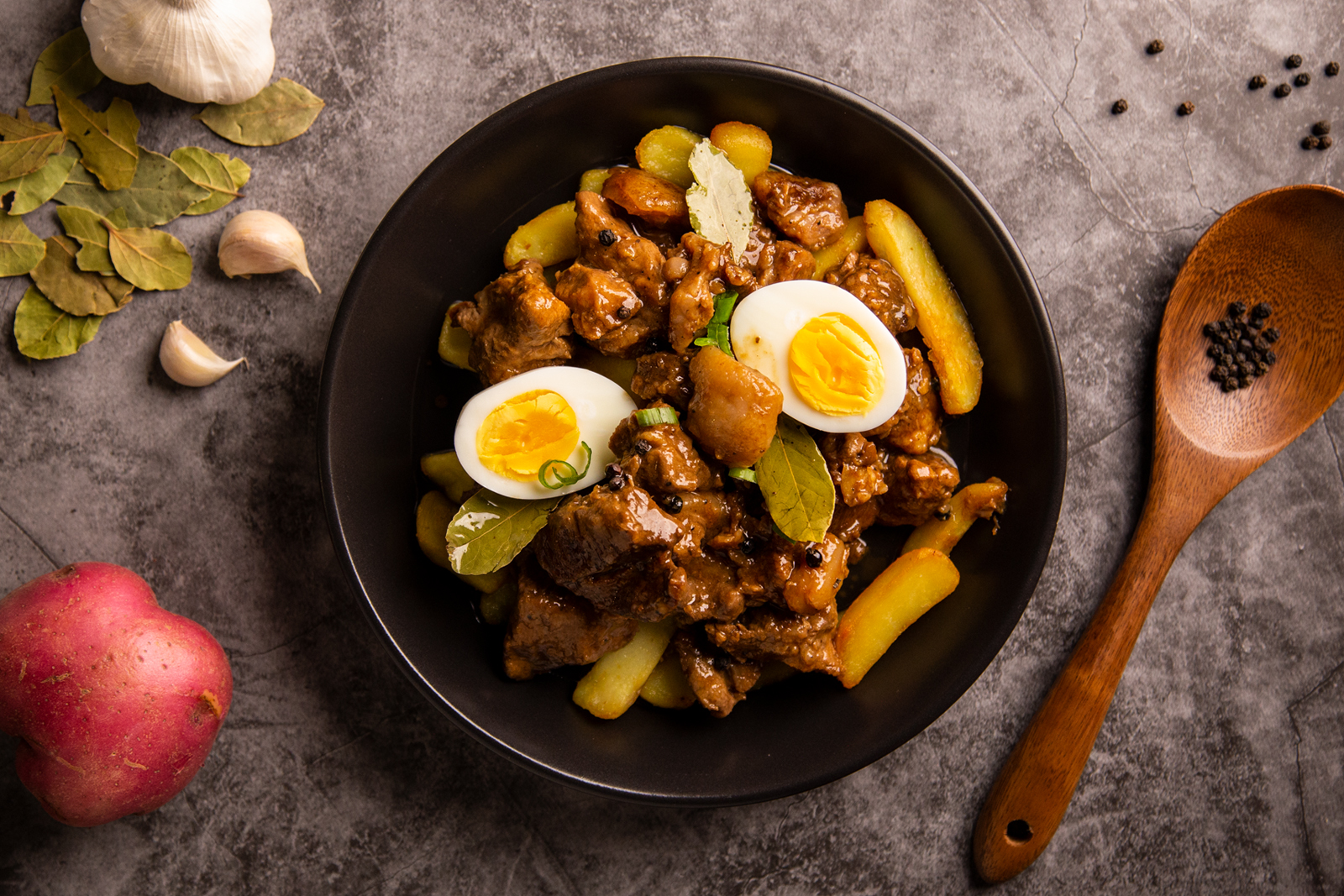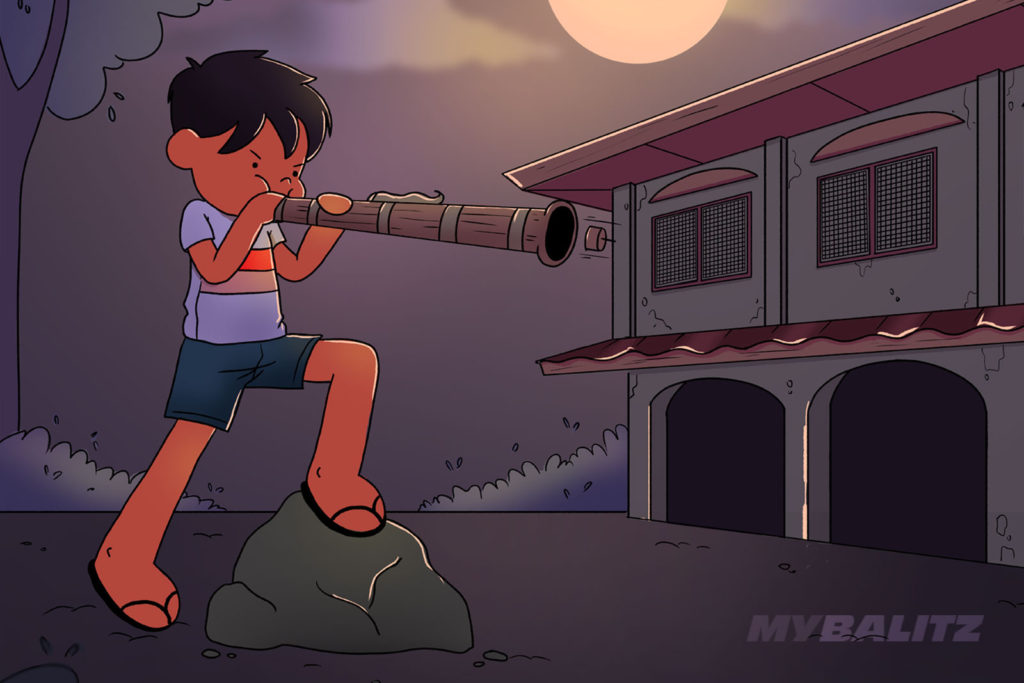
In today’s Filipino towns, you can still find people playing sumpit. Some locals even hold competitions involving sumpit. One game that I have witnessed before with some tribes in Palawan was a contest on who can blow their sumpit the farthest.
Sumpit as A Hunting Weapon
Sumpit or blowgun in English was originally a hunting weapon for native Filipinos. According to Antonio Pigafetta, the man who followed the journey of Ferdinand Magellan, the first people he saw using sumpit were the locals of Paolaoan (Palawan). In Pigafetta’s writing, he described sumpit as arrows made of wood that is one palmo long. It comes with hairpoon points and is dipped in poison. In Pigafetta’s account, he added that the natives back then use their sumpit as their last weapon after firing their arrows.
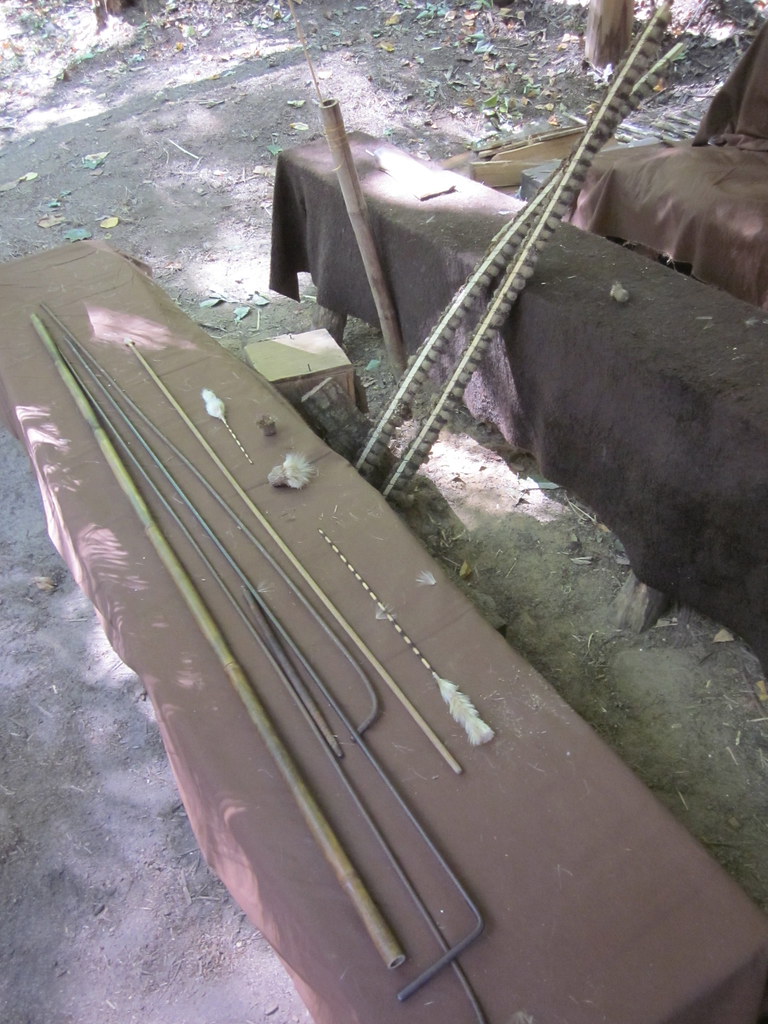
The design of sumpit in the past mirrors how bayonets were designed during World War II. It was made of bamboo or wood that is 4 to 6 feet long. The diameter was 2 to 3 cm. You can find a thick wooden dart at its end. For its length and design, blowguns were intended for close-range fights or hunting. It’s the poison at its tip that makes it effective especially when hunting wild and big animals.
According to Carlos Quirino and Mauro Garcia who published an article in the Philippine Journal of Science, poisoned blowguns can kill once the hit draws blood.
Filipinos during the pre-colonial era were known for their ability to make poisonous herbs used in sumpit. The sap of Upas Tree, or scientifically known as Antiaris toxicaria is their favorite poison of choice. This plant contains cardiac glycoside. This property is known for causing heart and muscle contractions.
According to Carlos Quirino and Mauro Garcia who published an article in the Philippine Journal of Science, poisoned blowguns can kill once the hit draws blood.
Sumpit as A Weapon of War
In a 1916 book written by Fedor Jagor and his team called ‘The Former Philippines Thru Foreign Eyes’ they described sumpit as a ‘hollow tube that can blow poisonous arrow’. During the Spanish era and the wars that came after it, sumpit arrows were dipped in a poisonous sap called ‘apo’. They said it can kill someone within 4 to 5 minutes. When dipped in lime juice, the effect of ‘apo’ becomes quicker.
Sumpit as A Weapon to Have Fun
A 1909 book by Wilfrid Walker described Filipinos as good shots, especially with sumpit. As years passed by, blowgun making has changed and from wood, blowgun makers started using metal and rod. Nails were also used as a dart. Instead of using it for hunting or fighting, modern sumpit or blowguns are now used for games and fun. If you are not a careful user and hit someone in the eye, that is the only time that you can hurt with a sumpit.
Today, Filipino locals still play sumpit but these sumpits are simpler in design. Grandmaster Amante Marinas is one of the popular practitioners of sumpit and he shared his techniques, including basic information about blowgun in his book entitled ‘Blowgun Techniques: The Definitive Guide to Modern and Traditional Blowgun Techniques’. In this book, he even offered steps to help people create their blowgun. He’s also written books such as, Archery for Beginners: The Complete Guide to Shooting Recurve and Compound Bows, which is a complete instructional guide for anyone interested in taking up recreational archery and The Art of Throwing: The Definitive Guide to Thrown Weapons Techniques, a thorough explanation and instruction on everything from grips and stances, targets and trajectories, and even how to construct weapons.
In some rural areas in the Philippines, some tribes that still use blowgun or sumpit. Though it is not documented, these local tribes still use sumpit for friendly competitions that involved blowing their sumpit for a certain distance.







